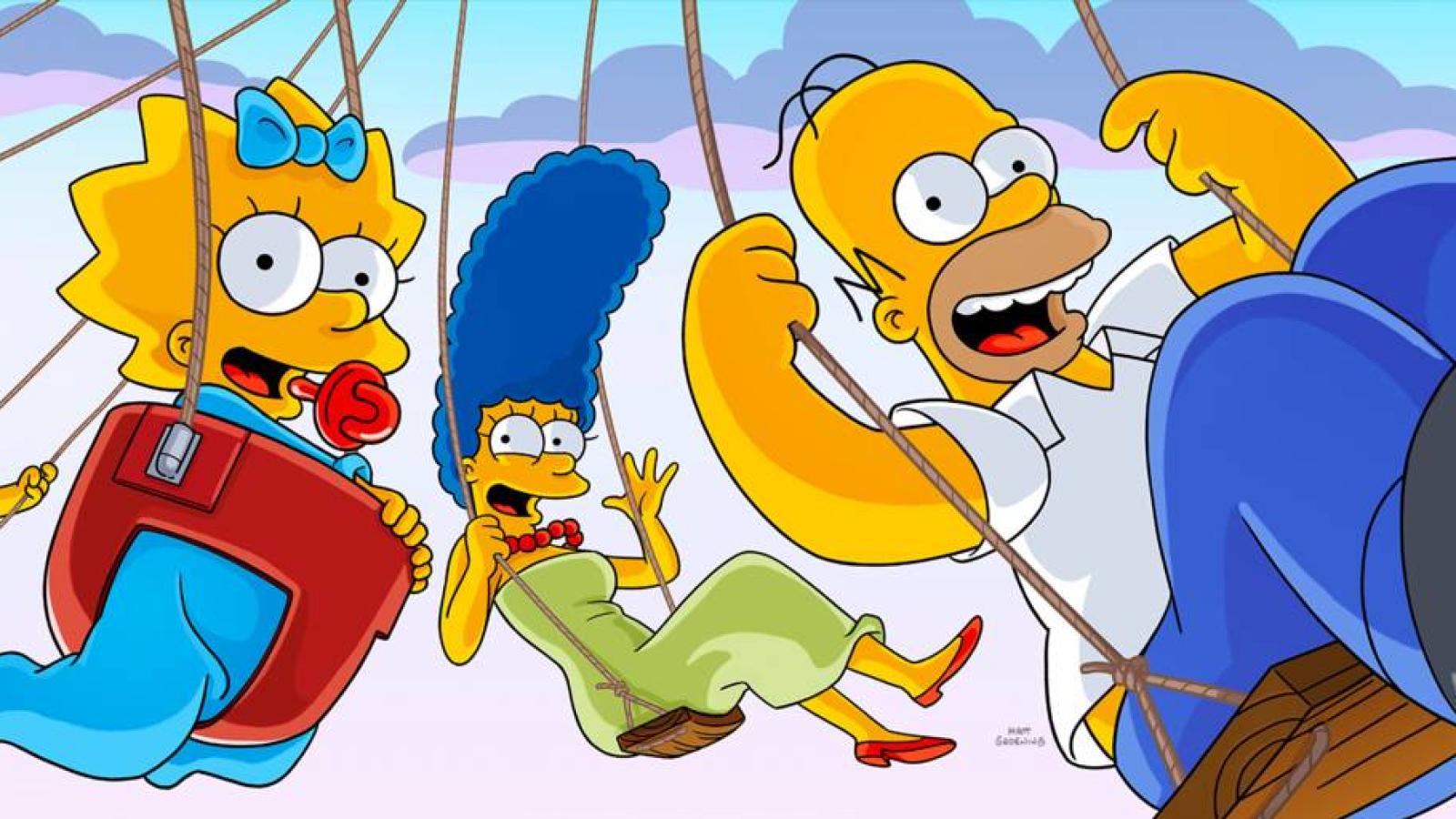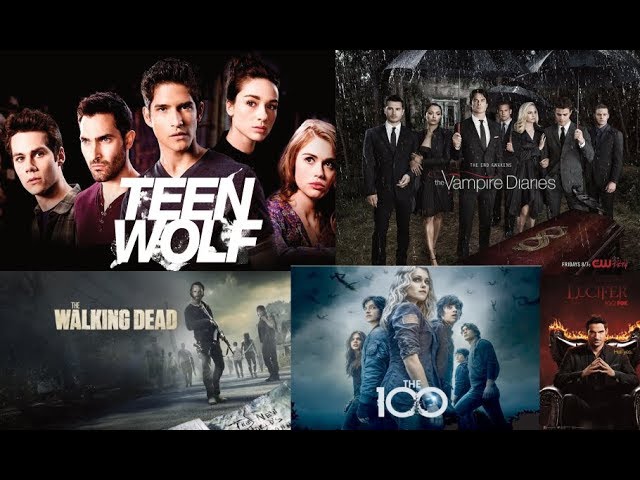
Vivo is a family-friendly, cute movie that you won't regret if you are in the mood. It's a delightful story filled with catchy music, great performances and charming characters. It's also an emotional story about embracing culture, a family, and how they come together. Sony Pictures Animation's Vivo shows just how much they can do. It's the latest in a string of highly successful animated movies from the studio.
Klaus is an animated movie about Klaus's origin story.
Klaus, an animated film about Klaus the creator and his life, is a charming and heartwarming treat for all ages. This film has timeless charm mixed with modern design. The film has received a warm reception from audiences and has garnered much praise for its gorgeous imagery and heartwarming storyline. It is currently available on Netflix.

Invader Zim, Enter the Florpus
Enter the Florpus, the sequel, will appeal to all who have seen the original Invader Zim. The plot continues with the characters and plot of the original. This sequel brings the visuals up to a whole new level, while also giving the characters an air of growth. You will find yourself laughing at the film's surreal tone.
Sherman and Mr. Peabody
Mr. Peabody and Sherman are the hosts of a late-night talk show. The WABAC machine is used to transport guests back in history during the program. It is a fun way of learning about history and having a good time doing it.
The Machines vs. The Mitchells
If you're a fan of computer animation, you've probably seen The Mitchells vs. the Machines on TV. This 2021 film was produced by Sony Pictures Animation and directed by Mike Rianda and Jeff Rowe. Rianda wrote the film and Jeff Rowe helmed it. The project also featured Phil Lord and Christopher Miller as producers.
Cowboy Bebop
Cowboy Bebop has the best animation available on Netflix. This anime is an accessible pastiche of Western live-action cinematic tropes that borrows the conventions of many different genres to create a fresh experience. Cowboy Bebop offers a compelling story and beautiful visuals. The show uses a lot CG to create the backgrounds and environments. Although the show is very enjoyable, some scenes are too CG-heavy.

Only Yesterday
Only Yesterday, an adorable animated film with evocative themes, is now available on Netflix in America. The movie is based in part on Yukio Mishima's novel. It is the latest addition of Japanese animated films to streaming services. The film is available on Netflix, iTunes, Amazon, and Disney+.
FAQ
How does TV Advertising work
Television advertising is an effective method to reach consumers while they are watching television. It is also very economical. Commercial breaks are the most common form advertising on television. These are usually 30 seconds long, but sometimes longer if there is a special event such as a sporting match, awards ceremony, or election night. Many companies sponsor commercials because they want to promote their products. They pay for airtime during these commercials. Some commercials contain product information, while others just show images and music. A lot of programs offer 'product placement', which allows brands to appear in the program. It could involve a brand appearing on a scene that shows how their product could work or giving background information about it.
How do ads influence consumer behavior?
Two main ways that advertisements influence consumer behavior are:
-
We associate certain brands with ads. One example is when we see a McDonald's advert, we might think that McDonald's burgers tastes better than Burger King.
-
Advertisements tell us what to do. If a commercial says to go to a shop to buy a car, it is likely that we will.
How do TV Ads get delivered?
Television ads are most often seen via TV, cable, satellite and IPTV.
There are many different ways to deliver content to consumers today. Companies still choose how to distribute their advertising in a variety of ways.
This is because they all look at the same metrics when deciding what delivery method to use.
If you want to measure ad effectiveness via viewing time, you will need to ensure that your advertisement is available on as many platforms and devices as possible.
If your goal is to measure ad effectiveness using impressions, you will need to ensure that your ads reach as many people as possible.
The problem with this is that they don't always go together.
For instance, if you're delivering an advertisement on multiple platforms, but only one platform delivers high-quality video, then you may end up getting fewer views from that particular platform.
You might miss some opportunities if you only look at time as a measure of your success.
What is the cost of producing a commercial?
Production costs money for a commercial. The cost depends on the length and number of actors involved as well as the location where it is shot.
A 30 second commercial generally costs $20,000 to $40,000.
Do advertisers spend a lot of money on TV?
Advertisers spend a lot of money promoting their products on TV. They also spend a lot of money trying to convince consumers to buy their products.
This is achieved by spending money on research in order to determine what people like and don't love about their products.
The information can then be used by advertising agencies to create ads that appeal to consumers.
Statistics
- Television is a great brand awareness tool - Almost every American has a television, with 83 percent of adults having two or more, and American households keep their televisions on for 8.1 hours each day on average. (marketingevolution.com)
- This includes 97 percent of Gen X, and 95 percent of Millennials. (marketingevolution.com)
- 93 percent of American adults listen to the radio over the course of the week. (marketingevolution.com)
- To get estimated costs for airing a 60-second TV commercial in different regional markets, check out the following figures in this TV ad pricing chart from the media experts at Casual Precision. (fitsmallbusiness.com)
- Radio is extremely accessible – 95 percent of cars have radios, and 99 percent of homes have radios. (marketingevolution.com)
External Links
How To
How do I buy TV time?
Step one is to make sure that you have an idea. If you don't, you don't have the money to purchase airtime. You can always pitch ideas for local stations. They are often looking for original content.
If you're fortunate enough to be offered free airtime by a station, make sure you research their past performances. If you find anything that could be used from those shows, it's worth looking into.
Next, create a script. Make sure it's well-written and structured. It doesn't matter how long it takes to write as long as it's completed within a reasonable amount of time.
Finally, once you're happy with the script, send it to the station. Let them know who and why this show is important to you.
You will likely also have to provide references (such as other shows they've produced), and examples of your previous scripts.
When you get a response you will know if there is a chance of the show being aired. Contacting someone involved in the show is the best way to get a reply.